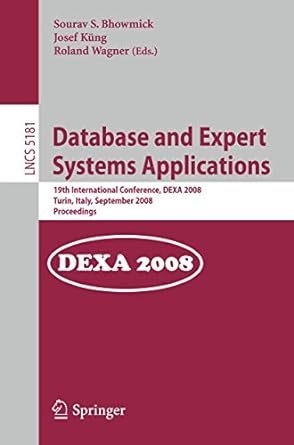Question
2.Bayesian Reasoning II Consider a test which detects if a person has a disease. Let R denote the outcome of the test on a person,
2.Bayesian Reasoning II
Consider a test which detects if a person has a disease. Let R denote the outcome of the test on a person, D denote whether the person actually has the disease and be the likelihood that the test gives the correct result. That is, the probability that it reports that someone has the disease (R= 1) when they actually do ( D= 1), is , and the probability that it reports that someone doesnt have the disease when they dont is also . Formally: p ( R = 1 | D = 1) = p ( R = 0 | D = 0) = Finally, an -fraction of the population actually has this disease, that is, the prior probability of a person having this disease is p ( D ) = .
(a) A patient goes to the doctor, has the test performed and it comes back positive. Derive a general formula for the posterior probability that the person actually has the disease, and simplify it in terms of and . Which value do you get for = 0 . 001 and = .95?
Step by Step Solution
There are 3 Steps involved in it
Step: 1

Get Instant Access to Expert-Tailored Solutions
See step-by-step solutions with expert insights and AI powered tools for academic success
Step: 2

Step: 3

Ace Your Homework with AI
Get the answers you need in no time with our AI-driven, step-by-step assistance
Get Started


